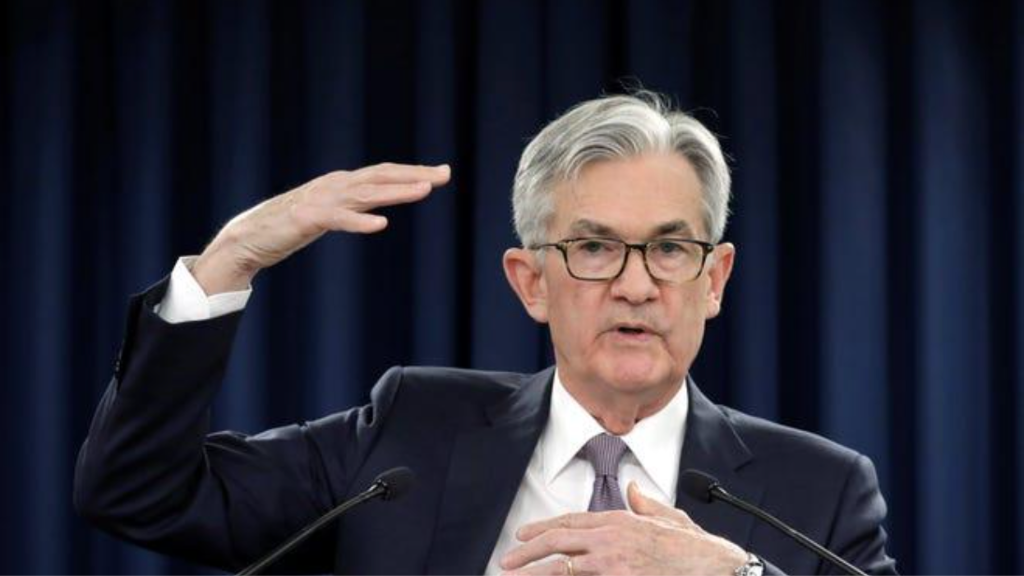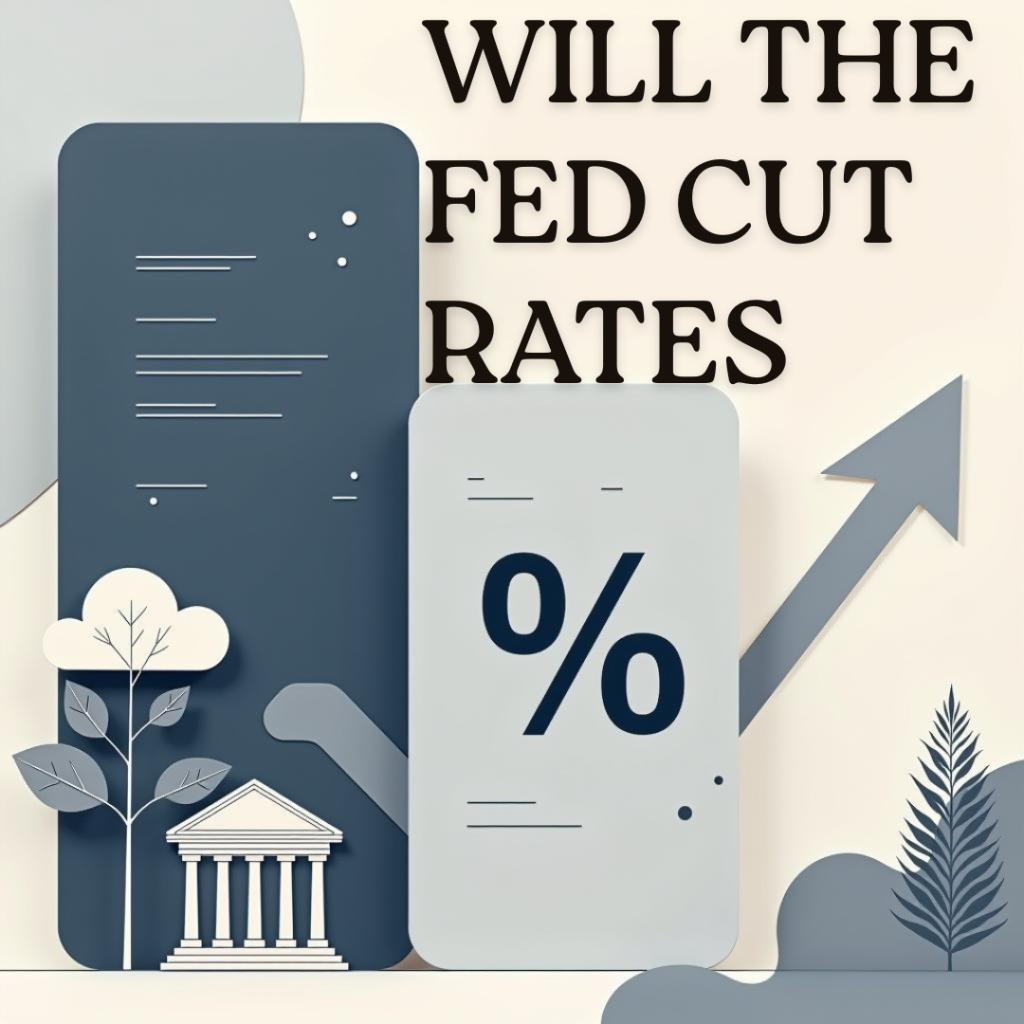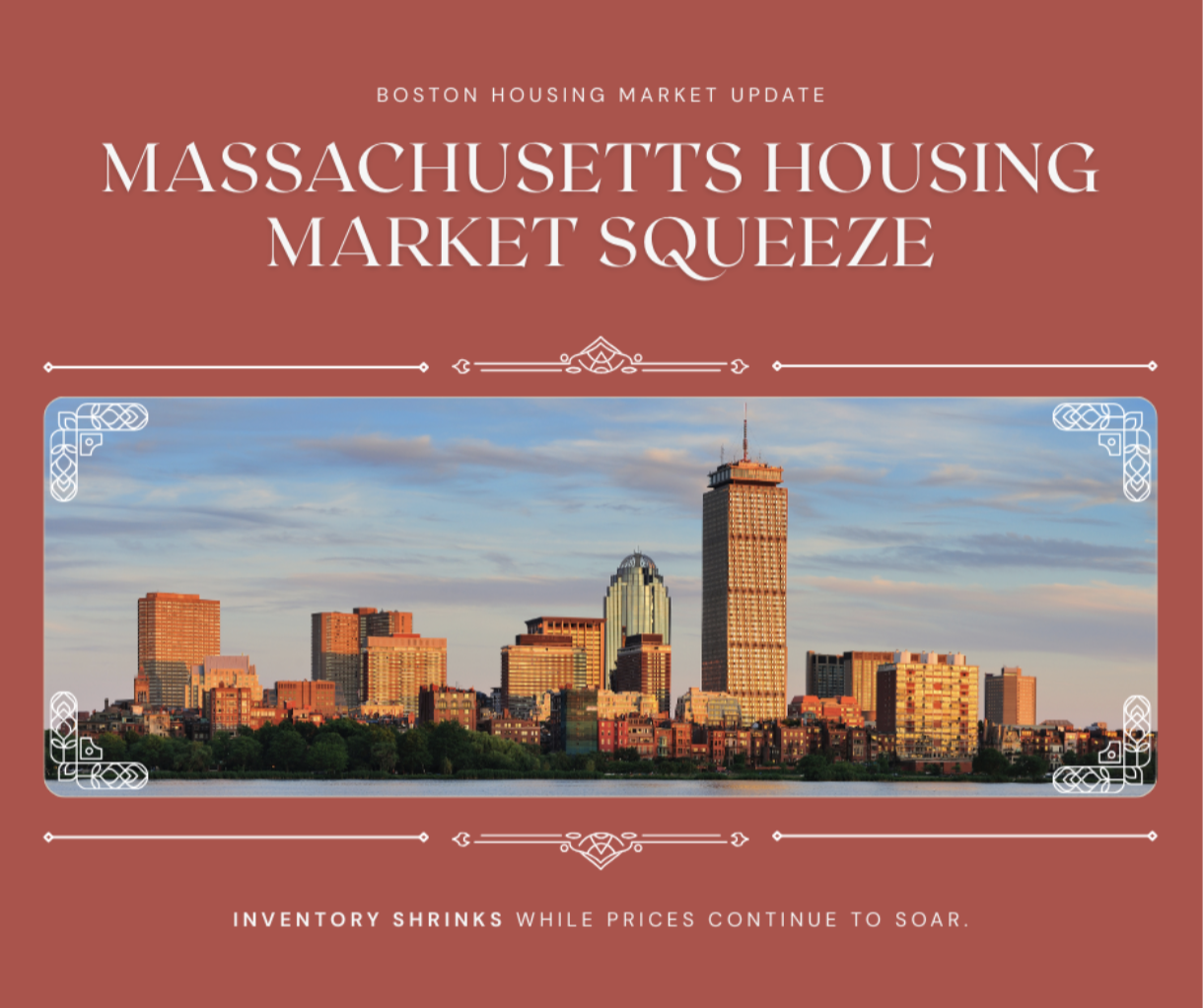Will the Fed Finally Cut Rates? Mortgage Market Awaits Powell’s Signal By Ryan Marks | August 21, 2025
After months of speculation, all eyes are on Fed Chair Jerome Powell’s upcoming speech at the Jackson Hole conference. His remarks could shape the direction of mortgage rates, home affordability, and the overall housing market.
Last year, Powell hinted at rate cuts. This year, the situation is less clear making his next move critical for buyers, homeowners, and investors alike.
What the Fed’s Interest Rate Policy Means for Homebuyers
The Fed’s decisions heavily influence mortgage rates. When it cuts rates, borrowing gets cheaper. When it holds steady, rates stay high.
Right now, rates are at a 23-year high, keeping home loans expensive and limiting affordability, especially for first-time buyers. With inflation still above target, economists are split. Will Powell signal a cut in September or stay the course?

Pushback: Inflation Is Still Too High
Despite weak job growth and a shaky July employment report, Fed officials remain laser-focused on inflation. Recent data shows core inflation, excluding food and energy, ticking up to 3.1 percent, which is above the Fed’s comfort zone.
While many consumers are feeling the pinch from high borrowing costs, Powell and his team are concerned about letting inflation get out of control. The Fed’s minutes from July make it clear. Inflation, not employment, is still considered the biggest risk to the economy.
This cautious stance has frustrated would-be buyers and mortgage lenders who are eager for relief from rising housing costs.
Counterattack: Weak Jobs Data Adds Pressure to Cut
The July jobs report showed just 73,000 new jobs, with previous months revised down. Job growth now averages only 35,000, and unemployment rose to 4.2%. Labor force participation hit its lowest since late 2022.
This slowdown has economists expecting the Fed to ease rates, with markets pricing in an 81% chance of a September cut. That could mean lower mortgage rates and better home affordability.
Even typically rate-friendly Fed officials are voicing concern over weak job growth and its impact on economic stability.
What Else Is in Play: Politics, Tariffs, and Market Signals
Political pressure is rising. Former President Trump has criticized Powell and the Fed, pushing for aggressive rate cuts. At the same time, tariffs have driven up prices on goods like furniture and electronics, adding more uncertainty.
The Fed is also considering a return to its pre-2020 policy, focusing more strictly on inflation and redefining maximum employment. This shift could keep rates higher, even if the economy slows.
What’s at Stake for Borrowers and the Housing Market
If the Fed maintains its cautious approach:
- Mortgage rates could stay elevated, putting pressure on homebuyers and slowing down refinancing activity.
- Home prices in many markets may stabilize or decline slightly, but affordability will remain a challenge.
- Buyers waiting on the sidelines could miss opportunities—or get priced out if inflation persists and wages stagnate.
If Powell signals a rate cut:
- Mortgage applications could surge as buyers rush to lock in lower rates.
- Home sales may rebound heading into the fall and winter, boosting activity for lenders and real estate professionals.
- Lower rates could also help homeowners tap into equity via HELOCs or cash-out refinances.
Bottom Line
Federal Reserve Chair Jerome Powell is at a crossroads—and so is the U.S. housing market. With mortgage rates, inflation, and job growth all pulling in different directions, what the Fed decides in September could have ripple effects across every home loan, real estate deal, and borrower’s budget.
Whether you’re a first-time buyer, an investor, or simply exploring your options, staying informed is crucial right now.
Contact Us Today
Want to talk about how this affects your home buying journey, refinancing strategy, or real estate investment?
📩 Schedule a consultation with Everyday Lending Group today.




